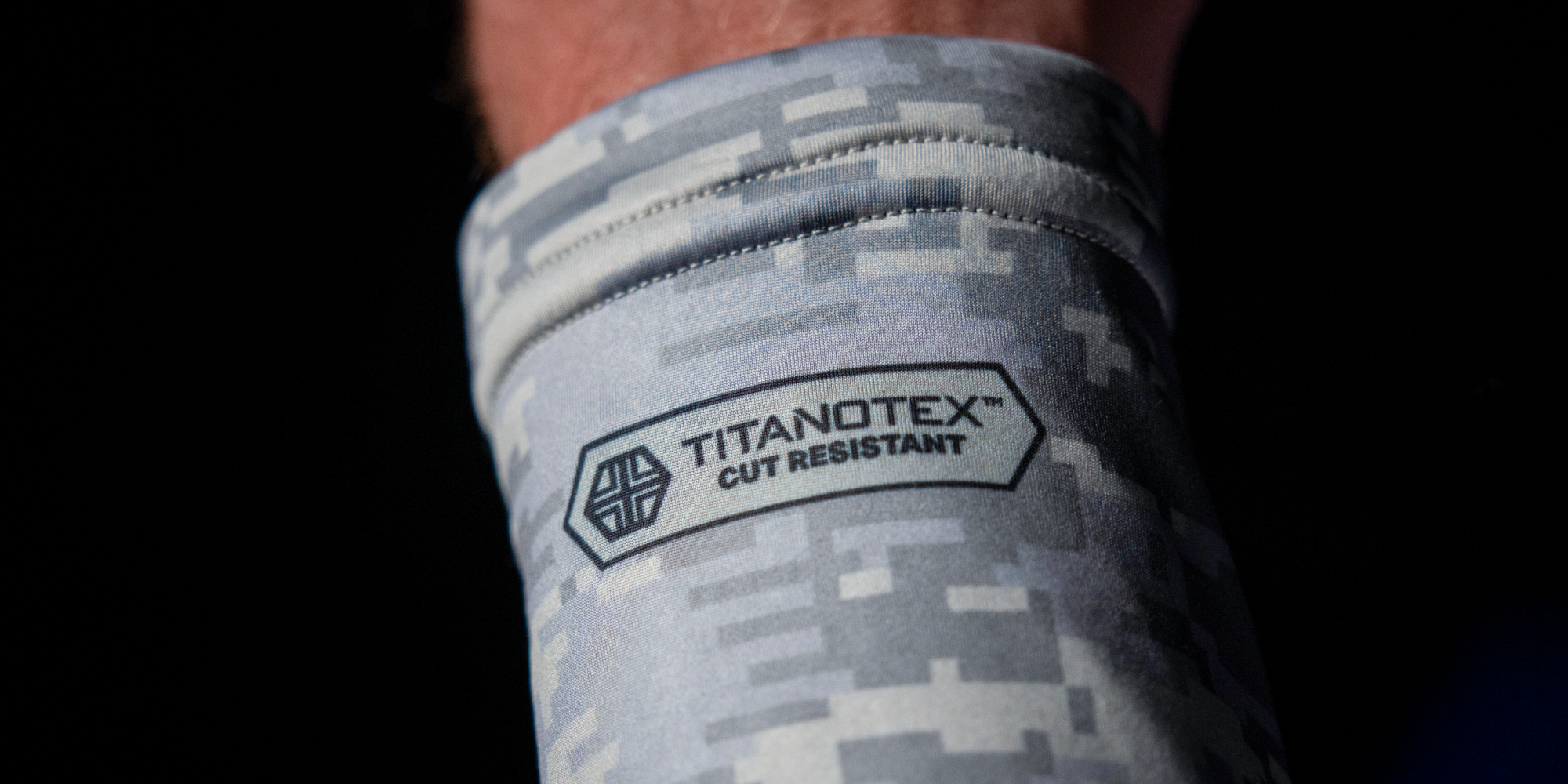In March 2025, New Jersey Devils GM Tom Fitzgerald stood before his fellow NHL executives at the league's annual GM meetings – not only as a general manager, but as a father. His son, Casey Fitzgerald, a defenseman for the AHL's Hartford Wolf Pack, had nearly died months earlier when a skate blade sliced his neck during a game. Casey required emergency surgery and 25 stitches. Watching the incident unfold live on a phone screen, Fitzgerald and his wife experienced every hockey parent's nightmare.
Now, Fitzgerald is urging the NHL to act. In an emotional and powerful plea, he challenged the league’s inertia around mandating cut-resistant equipment like neck guards. And for the first time, a team – the New Jersey Devils – is considering going first.
The current landscape of neck guard usage in the NHL
As of early 2025, fewer than 10% of NHL players wear neck guards during games. This figure is based on observational data and media reports, as the league does not publish official usage statistics. Despite high-profile incidents and mounting awareness, the majority of players still resist neck protection, citing tradition, comfort, and personal preference.
The NHL Players' Association (NHLPA) has historically opposed mandates, favoring player choice. But that stance is increasingly at odds with a growing safety movement within the sport.
The tragic death of Adam Johnson and the turning point
In October 2023, former NHL forward Adam Johnson died after a skate blade severed his carotid artery during a game in England's Elite Ice Hockey League. His death reverberated across the hockey world. It was a heartbreaking, preventable tragedy, and a wake-up call.
In the aftermath, several leagues took immediate action. USA Hockey announced a neck guard mandate for all players under 18 beginning in August 2024. The AHL, ECHL, IIHF, and Canadian junior leagues followed with similar rules.
The NHL, however, remains without a mandate.
The Devils could lead the way
Fitzgerald, the only GM on the NHL's cut-resistant equipment committee, has gone a step further than advocacy. He revealed in March 2025 that the New Jersey Devils are exploring a team-wide mandate for neck guards and other cut-resistant gear, even if the NHL doesn’t require it.
This would be the first such move by an NHL team and could spark a domino effect. While the NHLPA might push back, Fitzgerald made his position clear: "We're very lucky. But if players ever thought about their parents watching what we watched, they'd think differently."
Resistance remains: what the 2023 player poll told us
A 2023 NHL player poll showed that 78% of players opposed mandating neck guards. Many cited discomfort, heat retention, or interference with mobility, especially during high-speed, high-contact play. These views have contributed to the low adoption rates.
Tampa Bay Lightning GM Julien BriseBois summed up the prevailing concern: "Neck guards at the NHL level are a little more challenging. Most of the argument is heat."
Comfort vs. safety: the design challenge
Traditional neck guards have long been criticized for being bulky, hot, or restrictive. But that’s changing. Advances in materials science are redefining what's possible for cut-resistant gear.
Titan BattleGear's Titanotex™ fabric offers elite-level cut protection while remaining lightweight, breathable, and flexible. Combined with features like the Stretch ProCurve™ Collar, today's protective designs eliminate many of the old drawbacks players once used as reasons to avoid them.
With every innovation, the excuses get weaker – and the cost of inaction gets harder to justify.
A brief history of safety mandates in hockey
Mandates aren't new to hockey. They just take time:
-
1979: Helmets mandated for new NHL players
-
2013: Visors required for all new players
-
2024: USA Hockey mandates neck protection for youth players
-
2025?: The Devils could be next
A future tipping point
The NHL has not experienced a fatal skate injury on its own ice. But that doesn't mean it can’t. As Fitzgerald noted, if such a tragedy occurred during an NHL game, the rules would change immediately. So why wait?
Even if league-wide mandates take time, progress often begins with early adopters. As more players experience the comfort and protection of modern gear – and as teams like the Devils step forward – the tide may finally turn.
Final thoughts
Fewer than 1 in 10 NHL players wear neck guards today. But that number no longer tells the full story. Between Casey Fitzgerald’s near-death experience, Adam Johnson’s tragic loss, and rising pressure from within and outside the league, hockey’s approach to neck protection is shifting.
Whether you're a pro player, a youth athlete, or a parent watching from the stands, the stakes are the same: a single skate blade can change everything. That’s why Titan BattleGear builds gear that goes beyond meeting the moment.
Explore our collection of BattleGear and read unfiltered customer reviews to learn how we’re helping players stay safe without compromising performance.











